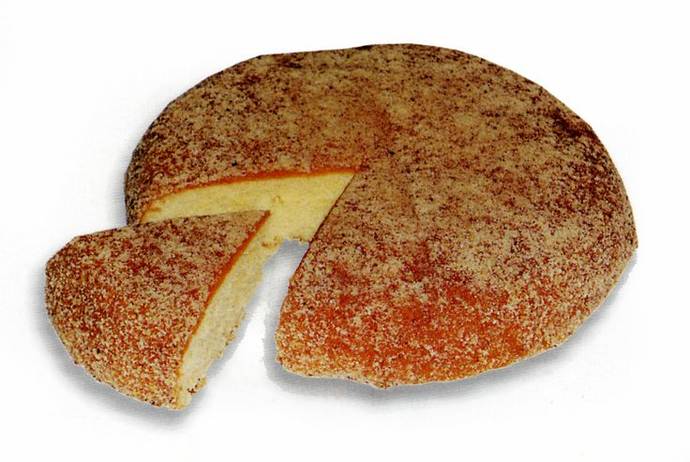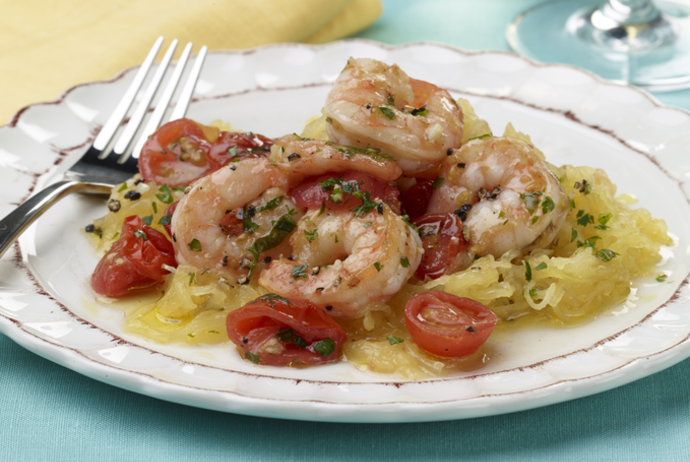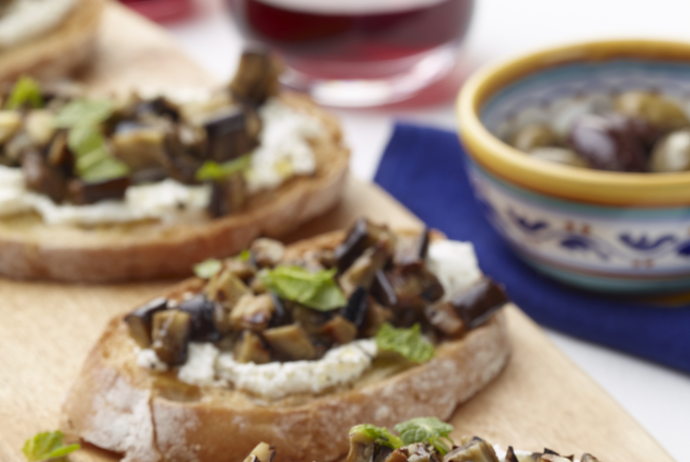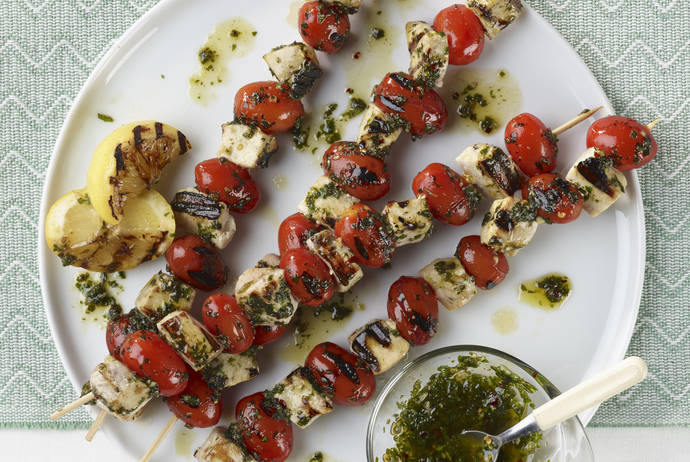This creamy, espresso-laced panna cotta is light enough to eat every day but impressive enough to serve to guests. I use yogurt instead of the traditional cream to make the dish lighter.
Espresso Panna Cotta
Serves: 4
Serving Size: 1/2 cup
Prep Time: 15 minutes (plus at least 4 hours refrigeration)
Cooking Time: 0 minutes
1/2 cup plus 2 tablespoons freshly made espresso coffee, divided
1 teaspoon unflavored gelatin
1/4 cup natural sugar
1 1/2 cups low-fat, low-sugar french vanilla yogurt, drained in a fine-mesh strainer
1/8 teaspoon unrefined sea salt
1/2 teaspoon cocoa powder
[Note: You will need four (1/2-cup) ramekins to complete this dish.]
1. Pour 2 tablespoons espresso into a small bowl and sprinkle the gelatin on top. Whisk to combine, and let stand until thickened.
2. Pour the remaining 1/2 cup hot espresso into a small saucepan and whisk in the sugar until it has dissolved.
3. Stir in the yogurt and salt, and put the saucepan over medium heat.
4. When the mixture begins to bubble a little around the edges, take the pan off the heat.
5. With a fork, whisk the gelatin/espresso mixture and add it into the saucepan. Whisk until well combined, keeping the pan off heat. Allow the mixture to sit for a minute. Carefully divide the mixture into 4 ramekins and allow to come to room temperature. Cover and refrigerate for 4 hours or overnight.
6. To unmold easily, dip the bottom of each ramekin, one at a time, into some just-boiled water and hold there for about 8 seconds. Let each stand out of the water for another few seconds before wiping off the water and putting a small salad plate or saucer on top; then overturn the ramekin and let the panna cotta drop onto the plate. Sprinkle each with cocoa powder, and serve. Buon appetito!
Italian Living Tradition
Panna cotta dates back to the 10th century, when it’s believed that a woman of Hungarian origin first prepared it in Piedmont’s Langhe area (also noted for its wine and white truffles). Original versions of panna cotta use heavy cream instead of yogurt. You can change the flavor of this recipe by replacing the espresso used in the gelatin mixture with 2 teaspoons of almond or vanilla extract, or by using a flavored yogurt.
Choices/Exchanges 1/2 Low-Fat Milk, 1 Carbohydrate
Calories 120 | Calories from Fat 10
Total Fat 1g | Saturated Fat 0.7g | Trans Fat 0.0g
Cholesterol 5mg
Sodium 135mg
Potassium 225mg
Total Carbohydrate 24g | Dietary Fiber 0g | Sugars 17g
Protein 4g
To Order the copy of Italian Diabetes Cookbook click here!
Visit the website of Award-winning, Best-Selling Author, Chef, Television Personality, Amy Riolo.





































